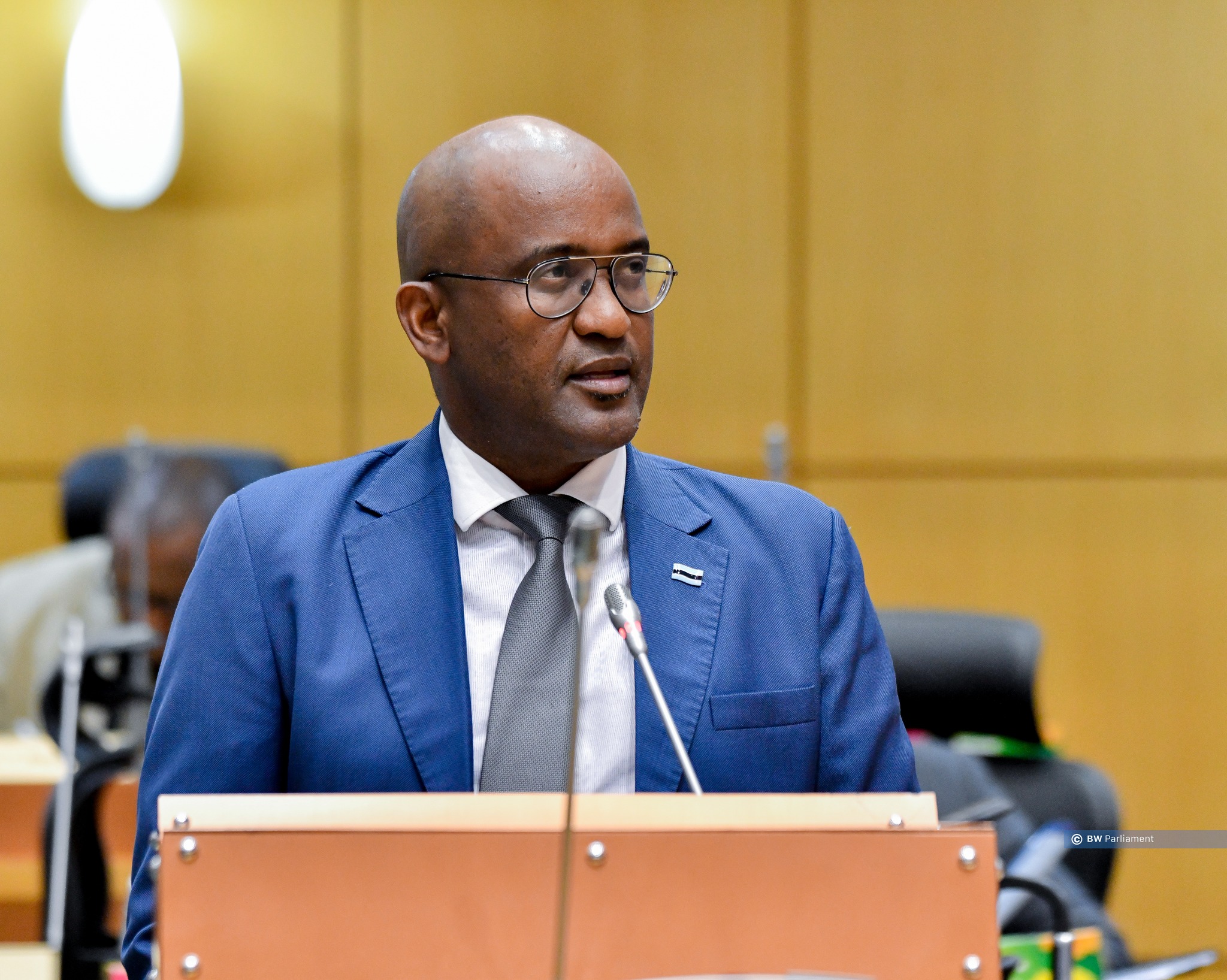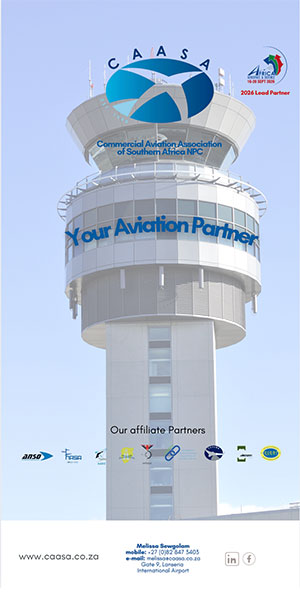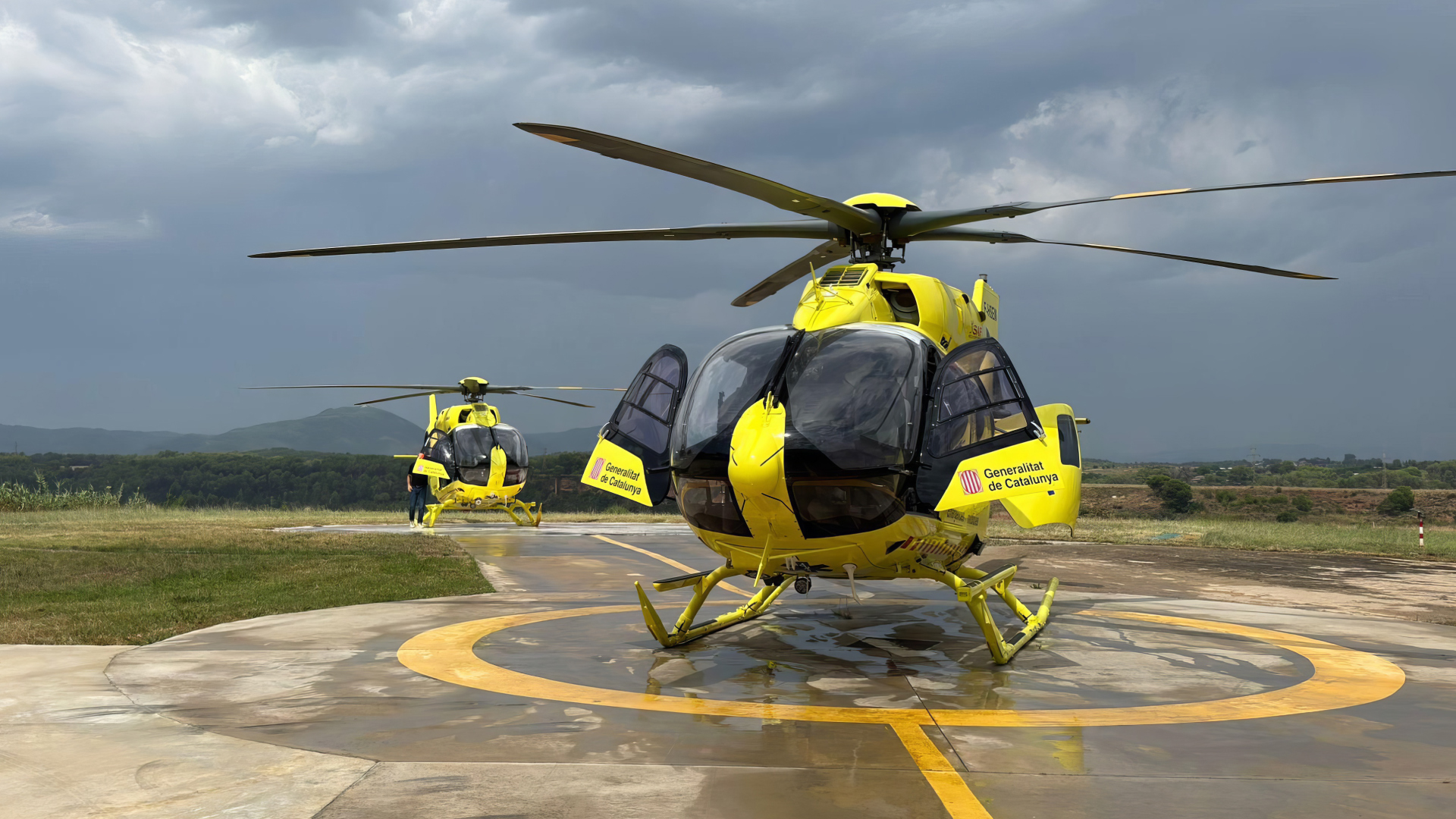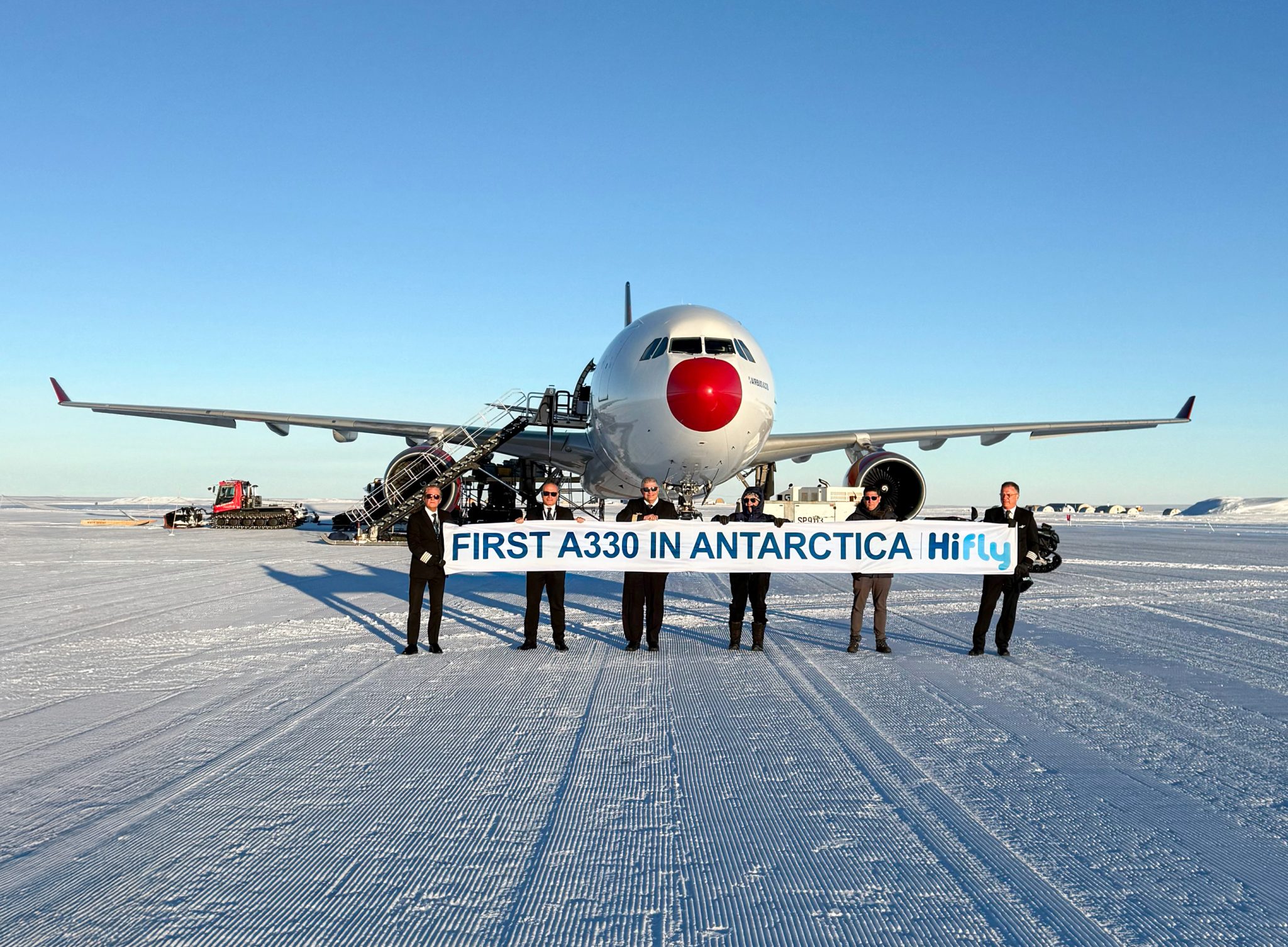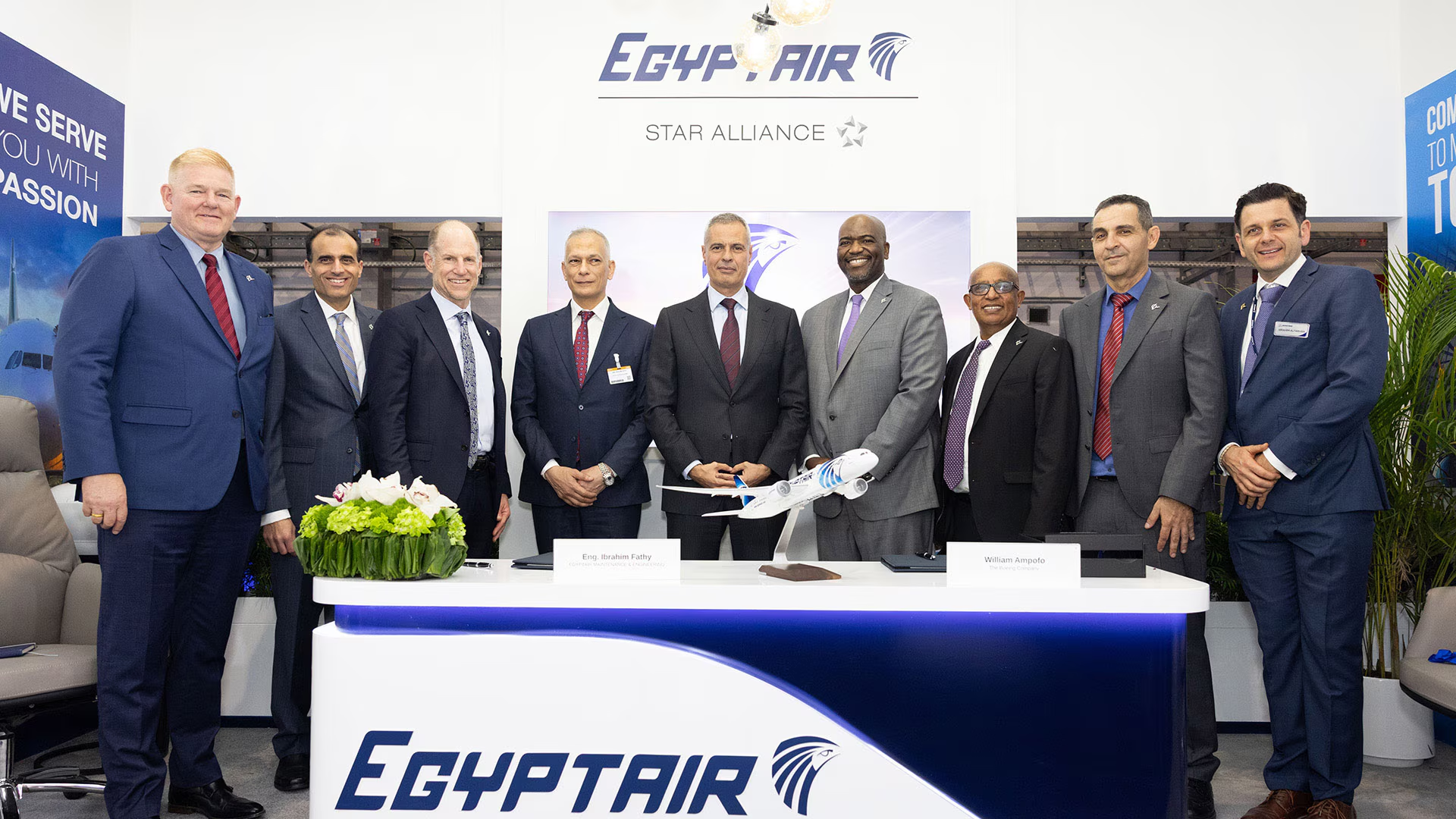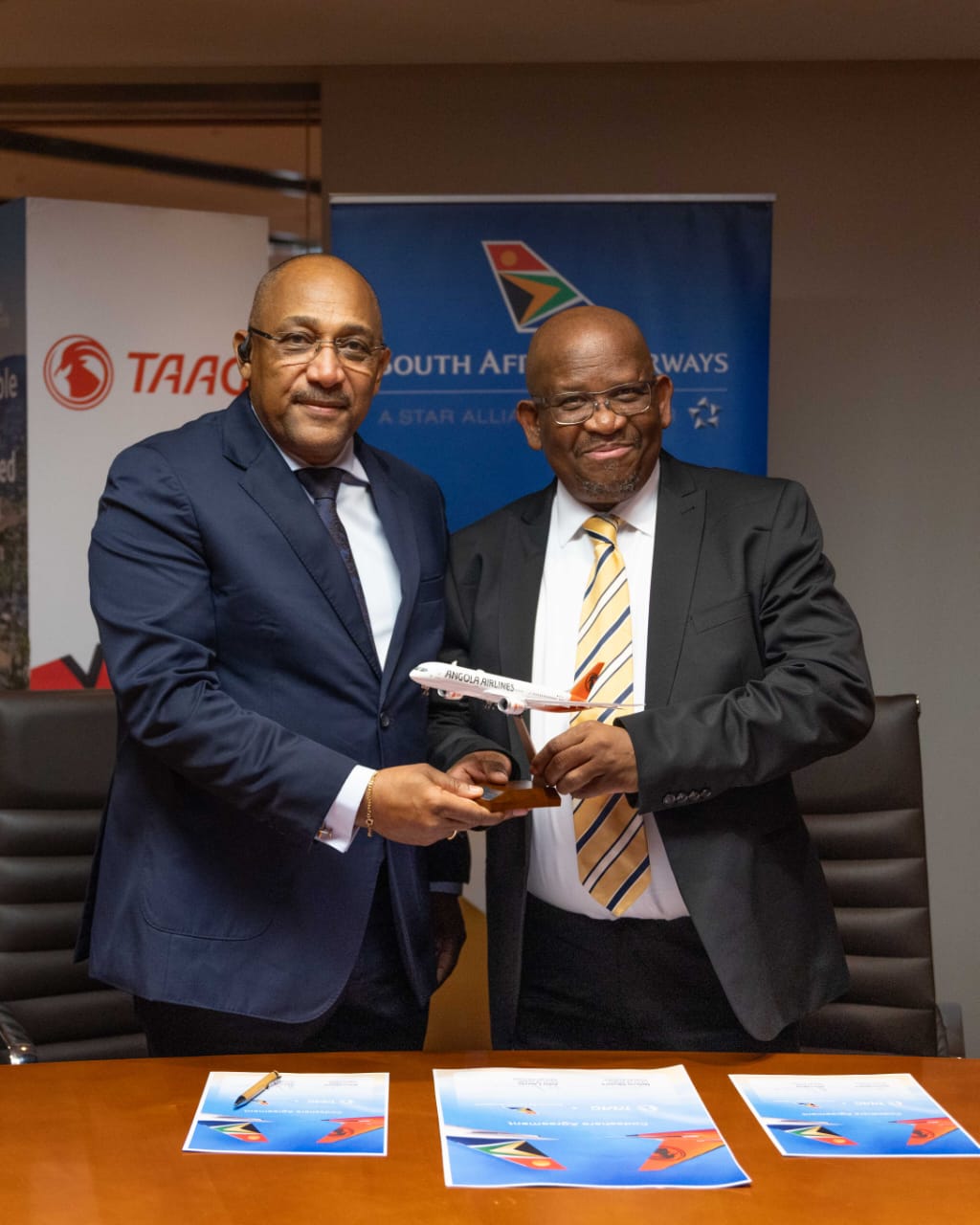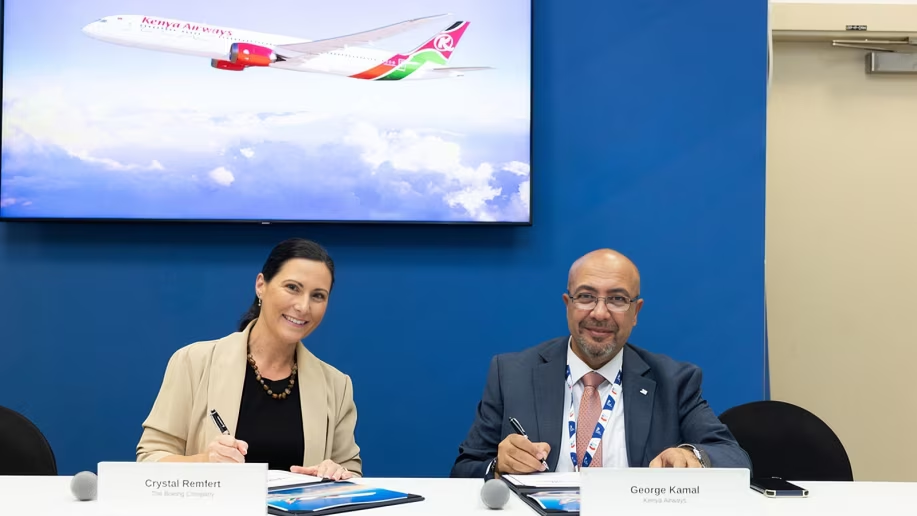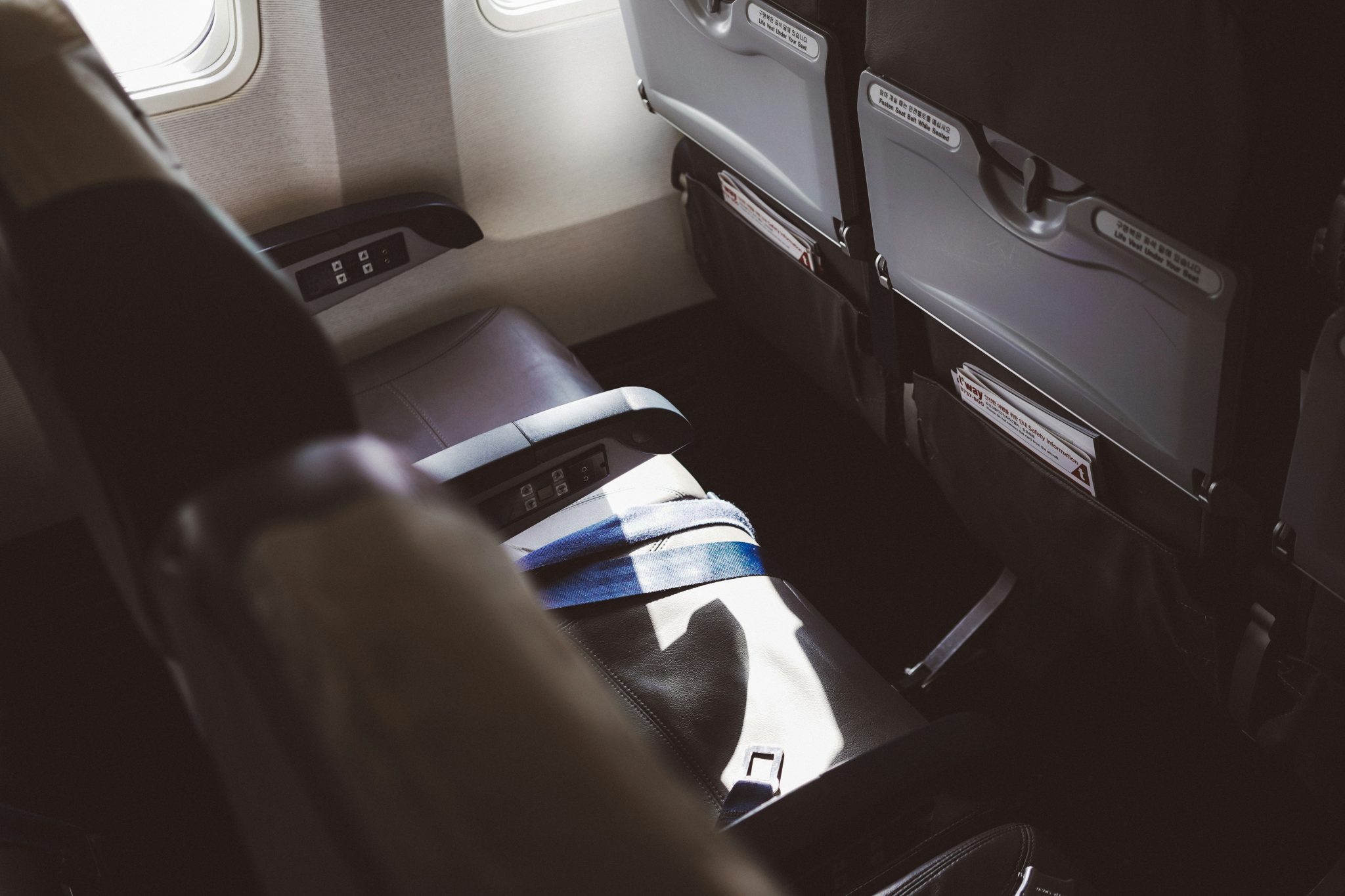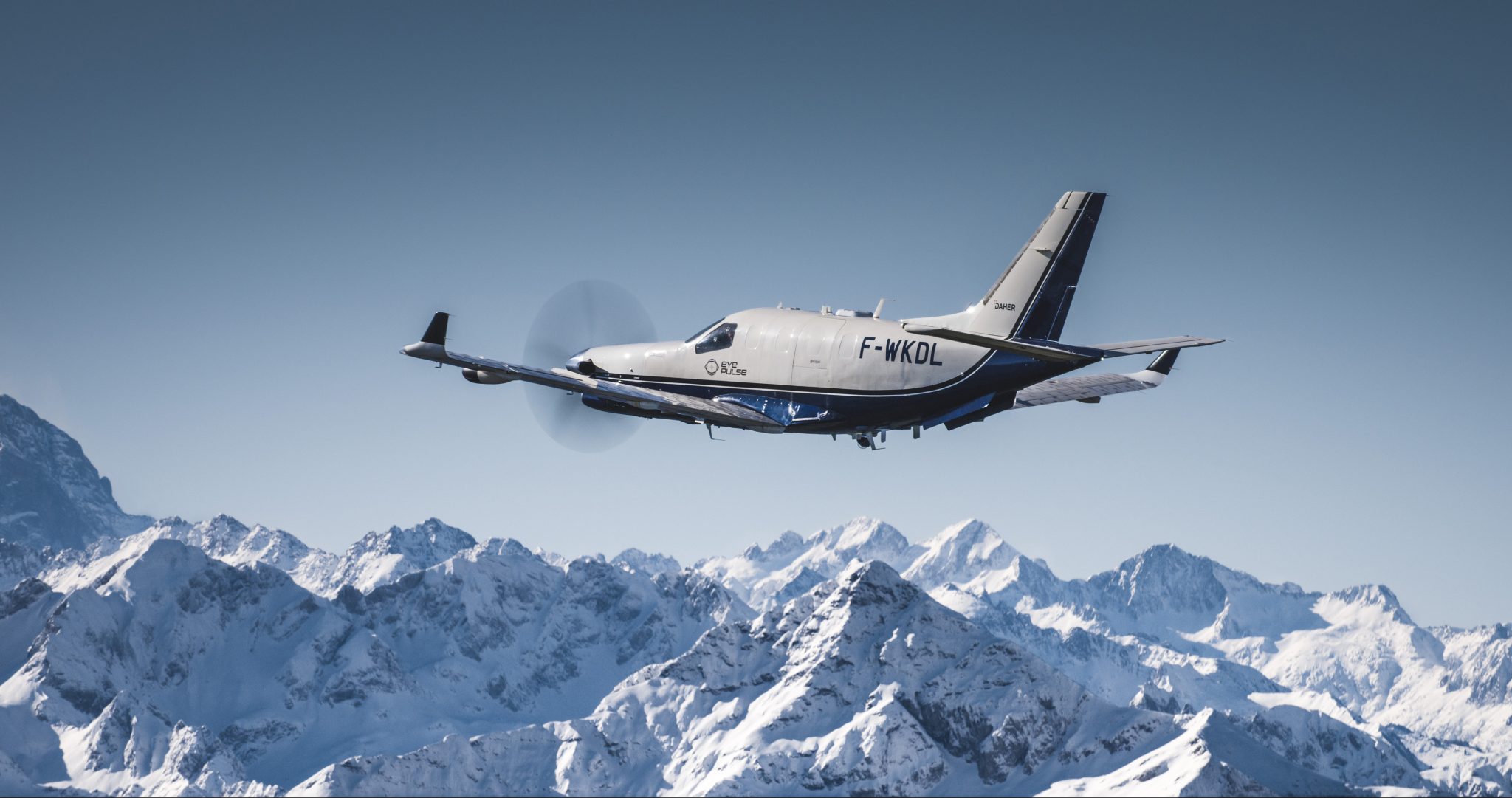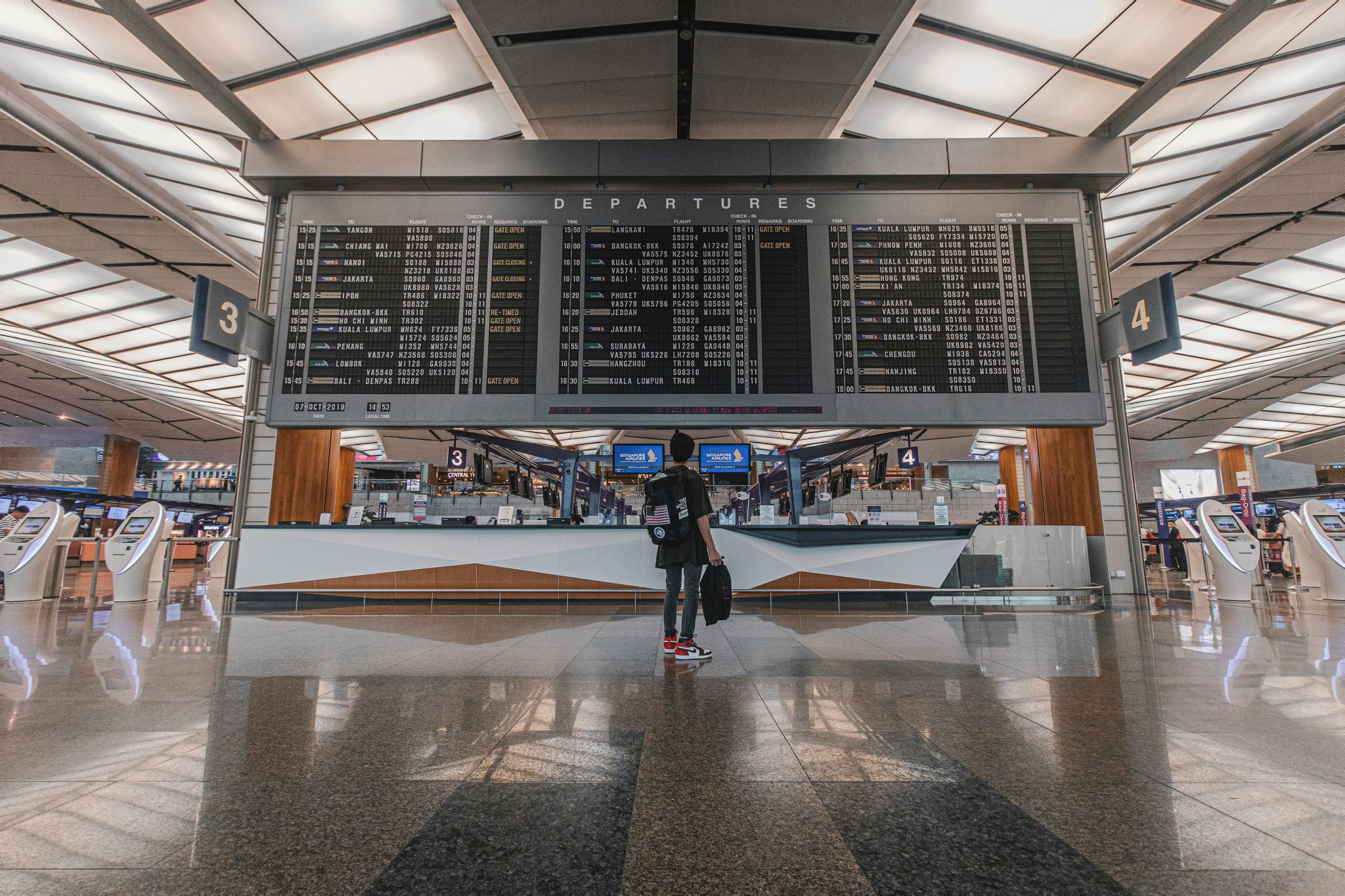Why it Matters
- Regulatory reform: Botswana will restructure the Civil Aviation Authority into separate operational and regulatory bodies to align with international standards.
- Airport modernisation: Major upgrades planned for Maun International Airport and SSKIA aim to enhance tourism, logistics, and regional connectivity.
- Airline turnaround: Air Botswana’s recovery plan includes MRO expansion, a training school, and the addition of cargo capability.
- Strategic vision: Aviation is central to Botswana’s goal of becoming a regional trade and transport hub by 2030.
The Ministry of Transport and Infrastructure has outlined a series of aviation-related initiatives under Botswana’s National Development Plan 12 (NDP 12), presented to Parliament by Honourable Noah S.L.M. Salakae, Minister of Transport and Infrastructure. Covering the period from October 2025 to March 2030, the plan identifies aviation as a key enabler of economic diversification, regional connectivity and infrastructure modernisation.
The government has endorsed the structural transformation of the Civil Aviation Authority of Botswana (CAAB) into two separate entities, one responsible for operations and the other for regulatory functions. According to the Ministry, this separation is intended to improve efficiency and align with international best practices.
In the aviation infrastructure segment, Maun International Airport has been identified as a critical gateway for both tourism and logistics. The airport accounted for 67% of all aircraft movements in 2023, and a feasibility study is underway for a major redevelopment. The project aims to establish a state-of-the-art “green” airport designed to accommodate rising passenger volumes, enhance operational efficiency, and support Botswana’s tourism industry.
At Sir Seretse Khama International Airport (SSKIA), government plans to develop a multi-modal air cargo and logistics hub. The upgraded facility will improve Botswana’s position as a regional distribution centre and enable local freight operators and exporters to compete internationally.
Maintenance of airport infrastructure and the modernisation of the national Airspace Navigation System are also being prioritised. These upgrades are expected to improve operational reliability, safety and compliance with International Civil Aviation Organization (ICAO) standards.
Turning to the national carrier, the Minister confirmed that Air Botswana continues to face financial and operational challenges. A new board has been appointed to implement a turnaround strategy, which includes adopting a leaner operating schedule, expanding maintenance and repair capabilities, establishing an aviation training school, and acquiring a cargo aircraft. These measures are expected to enhance the airline’s reliability, efficiency and service offering.
Under NDP 12, the Sir Seretse Khama International Airport will also form part of a designated Special Economic Zone (SEZ) focused on logistics and light industrial manufacturing, including aviation-related activities.
By 2030, Botswana aims to achieve a combined national freight throughput of more than 10 million tonnes by air and rail, reflecting aviation’s growing role in trade facilitation and economic development.
The NDP 12 framework positions aviation as a central component in Botswana’s goal to become a regional hub for trade, travel and investment, supported by modern infrastructure, regulatory reform and increased private sector participation.
